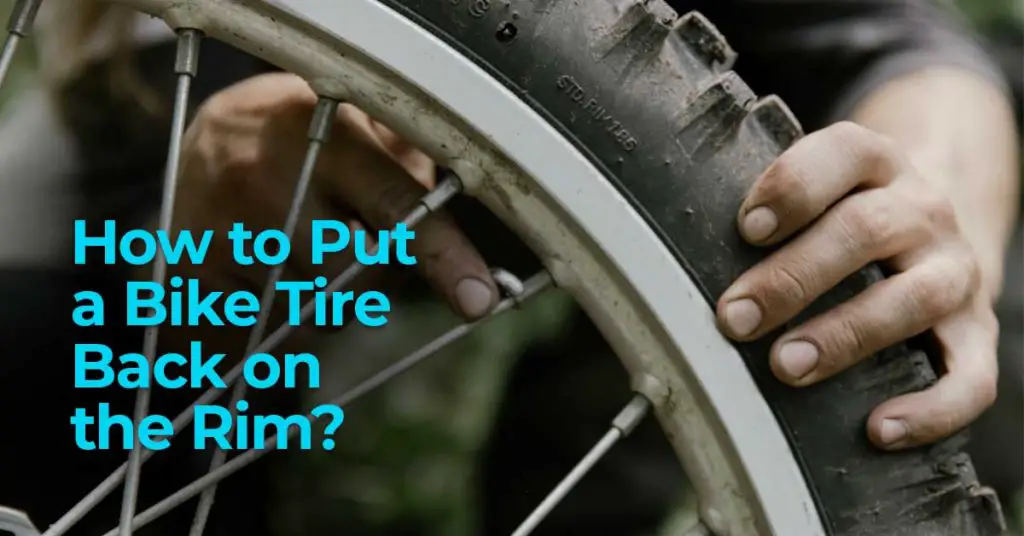Table of Contents
Investing in a bike lock is an important step to take if you want to protect your bike from theft. It’s important to find a bike lock that can’t be cut, as this will provide the best security for your bike. So what should you look for when investing in a bike lock that cannot be cut?
First, it’s important to consider the type of bike lock you need. Different types of bike locks offer different levels of security, so it’s important to understand the different types and choose the one that best fits your needs.
It’s also important to consider the materials used to make the bike lock, as some materials are more resistant to cutting than others.
You should look for bike locks with unique features, such as protective coatings, that make them harder to cut.
What Makes a Bike Lock Harder to Cut?
The materials used to make a bike lock play a big role in how hard it is to cut. Steel is the most common material used, as it is strong and resistant to cutting. However, some bike locks are made from other materials, such as titanium or hardened alloy, which are even harder to cut.
Additionally, some bike locks come with a protective coating that makes them even more resistant to cutting.
Another factor that makes a bike lock harder to cut is the size and shape of the lock. Generally, larger and thicker locks are harder to cut, as they require more effort to cut through.
Factors to Consider When Choosing a Bike Lock
When choosing a bike lock, there are several factors to consider. First of all, it’s important to consider your budget. Higher-priced locks generally offer better protection, but it’s important to find a lock that fits your budget.
Secondly, it’s important to consider the type of lock you need. Different types of locks offer different levels of security, so it’s important to choose the right one for your needs.
It is important to consider the materials used to make the lock, as some materials are harder to cut than others. Lastly, you should consider any unique features the lock may have, such as a protective coating, that make it harder to cut.
Different Types of Bike Locks:
When it comes to bike locks that are designed to be extremely difficult to cut, there are a few options that are known for their high levels of security and resistance to cutting tools. Here are a couple of types of bike locks that are considered some of the hardest to cut:
1. Heavy-Duty Chain Locks:
Chain locks made from hardened steel links are notoriously difficult to cut through. The links are designed to withstand attacks from bolt cutters, hacksaws, and other cutting tools. Some chain locks come with larger-diameter links for added security, making it even more challenging for potential thieves to breach.
2. D-Shackle U-Locks:
U-locks, also known as D-locks, are another popular choice for securing bikes. High-quality U-locks are made from hardened steel and have a strong locking mechanism that can resist cutting attempts. Their compact shape makes it more difficult for thieves to find leverage points for cutting.
3. Foldable Locks:
Foldable locks, also known as folding locks, are relatively new but have gained popularity due to their portability and security features. They consist of a series of steel bars connected by rivets, which can be folded around the bike frame when not in use. These locks are designed to resist cutting and can be quite robust.
4. Hexagonal Link Chain Locks:
Some bike locks feature hexagonal links that interlock with each other, providing added resistance against cutting tools. The unique shape of the links makes it challenging for bolt cutters to gain proper grip and leverage.
5. Dual Locking Mechanism Locks:
Certain locks incorporate dual locking mechanisms, meaning that both ends of the shackle need to be cut to break the lock. This design makes it significantly more difficult for thieves to compromise the lock using just one cut.
How to Properly Use a Bike Lock
Using a bike lock properly is just as important as choosing the right lock. The most important thing to remember is to always lock your bike up in a well-lit, public area. Additionally, it’s important to make sure the lock is securely attached to the bike frame and to lock the bike frame and wheels to an immovable object. It’s also important to use the right type of lock for the situation. For example, a u-lock may be better for locking up your bike in a public area, while a cable lock may be better for locking up your bike in your garage.
Conclusion:
It’s important to note that no lock is entirely impervious to determined thieves with enough time and the right tools. However, using a combination of high-quality locks, strategic locking techniques, and secure bike parking can greatly reduce the risk of theft.
When choosing a bike lock, look for reputable brands that have been tested and rated by independent organizations for their security features. Keep in mind that while investing in a robust lock may initially cost more, it can provide valuable peace of mind and help protect your bike from theft.



